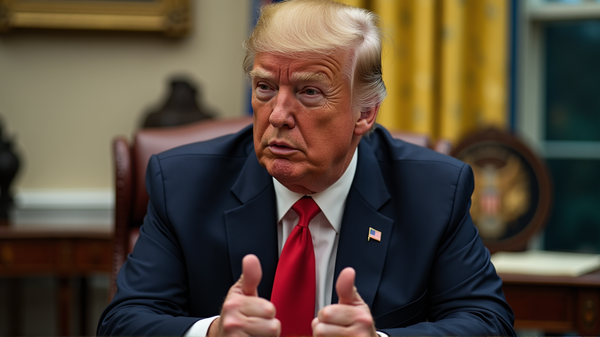How 'Rich Dad Poor Dad' Transformed Financial Mindsets Worldwide
'Rich Dad Poor Dad' challenged financial wisdom, sparking debate on wealth and education while urging a shift in mindset. A must-read, with caveats.

Unveiling the Lessons of ‘Rich Dad Poor Dad’
In 1997, a book hit the shelves that would shake the foundations of financial literacy for millions across the globe. Robert Kiyosaki’s “Rich Dad Poor Dad” didn’t just provide a guide to personal finance; it initiated a worldwide discourse on money, wealth, and education. With a whopping 32 million copies sold, it’s safe to say this book did something right. The heart of its success doesn’t just lie in numbers but in the powerful ideas propelling critical conversations about financial freedom.
Two Mentors, Two Philosophies
At the core of Kiyosaki’s work is a compelling narrative involving two paternal figures: one educated and perpetually struggling financially, the “Poor Dad,” and one an eighth-grade dropout who became a wealthy entrepreneur, the “Rich Dad.” This tale of divergent life philosophies offers readers a glimpse into contrasting financial mindsets—one focusing on job security and the other on making money work for you. The million-dollar question here is clear: which path leads to financial liberty?
Sparking a Financial Revolution
Kiyosaki’s book wasn’t just a narrative; it was a manifesto on reevaluating how wealth is built. It’s the stark idea that the rich invest in assets while those without financial education focus solely on income. This mantra of financial literacy as the ultimate asset has ignited interest globally, prompting individuals to delve deeper into personal finance. But as abundant as the book is with inspiration, it’s been criticized for lacking detailed actionable steps for applying this newfound wealth mindset.
The Double-Edged Sword of Simplicity
Rich Dad Poor Dad’s strength and weakness are its simplicity. Its concepts are both eye-opening and lacking nuance. Critics argue that while it highlights the importance of assets and financial intelligence, it skims over the complexities and risks involved in real-world applications, such as leveraging debt and investing in real estate.
The book taps into a potent psychological lure: the promise of wealth through understanding rather than toil. Yet, it sometimes oversimplifies, which can lead readers astray if not supplemented with further, more grounded financial learning.
From Inspiration to Realization
The book has awakened a deeper financial consciousness, pushing countless readers to question their money management. This is its most potent legacy. However, “Rich Dad Poor Dad” should be treated as an entry point, not an encyclopedia. Supplementing its energy and inspiration with practical guides and diverse strategies ensures a well-rounded approach to financial success.
Final Thoughts: The Essential Spark
For those embarking on the path of financial education, “Rich Dad Poor Dad” remains essential reading, albeit with crucial caveats. It’s a significant spark that provokes fundamental questions about where we invest our time and money. Yet, as noted, this spark requires the nurturing of diversified strategies, risk management, and comprehensive financial planning. According to Vocal, it’s an ideal starting gun for the journey to financial understanding — not the proverbial finish line.
In a nutshell, venture beyond its pages with an inquisitive mind and a balanced approach to truly embark on a transformative financial journey.





